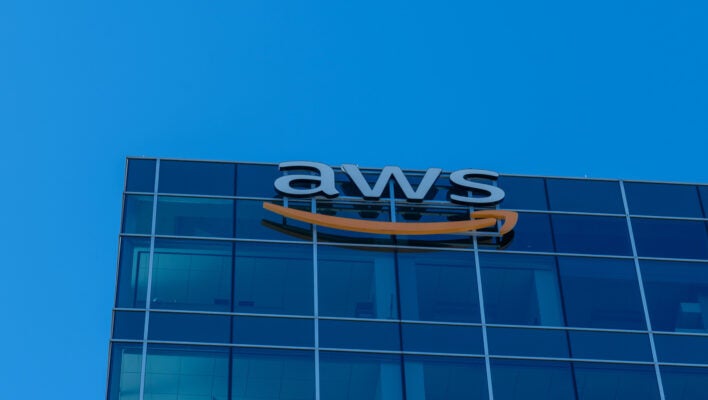Key takeaways
- Amazon Web Services (AWS) went down for several hours yesterday, affecting millions of users worldwide.
- The outage was the result of a failed update to the DynamoDB API, which stores user information for many different online platforms.
- This is not the first such outage, with other incidents occurring in 2023 and 2021, and it will likely not be the last.
A major Amazon Web Services (AWS) outage brought much of the internet to a standstill yesterday, affecting apps, websites, and tools used by both businesses and individuals alike.
The cloud system was non-functional for several hours, disrupting the workdays of millions worldwide. It has been, in no small part, a scary reminder of just how deeply dependent the global economy is on infrastructure provided by a small handful of technology companies.
But with the dust still settling, what actually caused AWS to go down? In this guide, I’ll try to piece together everything we know so far.
What We Know About Why the Outage Happened
At about 3am on Monday morning, AWS experienced a problem with one of its core database products, causing the service to grind to a halt and throwing several leading apps, publishers, streaming platforms, and programs offline for millions of people around the world.
Reportedly, the problem originated at one of AWS’s main data centers in Virginia following a technical update to the DynamoDB API, which is a cloud database service that stores user information and other data for multiple online platforms.
 This just in! View
This just in! View
the top business tech deals for 2025 👨💻
Specifically, it appears that an error occurred in an update that affected its DNS. Domain Name Systems route requests to their correct server addresses. When the issue arose, apps were left unable to locate the IP address for DynamoDB’s API.
In other words, they were unable to connect to AWS, and were thus rendered unusable.
Which Companies Were Impacted and Who Is Back Online?
More than 1,000 companies are thought to have been affected worldwide. Some prominent examples include:
- Amazon
- Apple TV
- Chime
- DoorDash
- Fortnite
- Hulu
- Microsoft Teams
- The New York Times
- Netflix
- Ring
- Snapchat
- T-Mobile
- Verizon
- Venmo
- Zoom
According to Amazon, AWS is now back online as of 3pm on Monday, but there remains a “backlog of messages” that it will take a while to address.
In a statement, the company said: “All AWS Services returned to normal operations. Some services such as AWS Config, Redshift, and Connect continue to have a backlog of messages that they will finish processing over the next few hours.”
What Does the AWS Outage Tell Us About Our Online World?
This is not the first large-scale outage in AWS’s history. Similar occurrences in 2023 and 2021 left customers unable to access airline tickets and payment apps. The likelihood is it won’t be the last.
Our reliance on major cloud vendors, including AWS, Microsoft Azure, and Google Cloud Services, leaves us at the mercy of similar future incidents. While there is no denying that these services provide vital infrastructure that would otherwise cost businesses significantly more, there are also a myriad of attendant risks of relying upon single points of failure. One issue can easily cascade into a catastrophic breach that ends up impacting a significant proportion of the internet directly, and almost all of the rest of it indirectly.
So, what is the solution? In short, there isn’t one. Most of the internet is built on the back of cloud providers, which offer scalability, flexibility, and cost savings for businesses around the world. In this climate, there is always the potential for an update to fail, a data center to crash, or even a damaging cyberattack to occur. The best companies can do is ensure their data is backed up and facilitate offline access to vital resources where possible.




